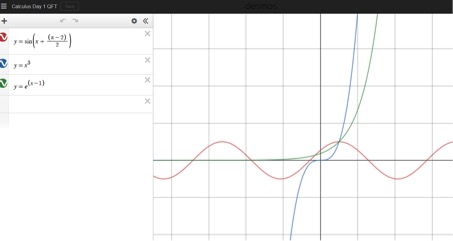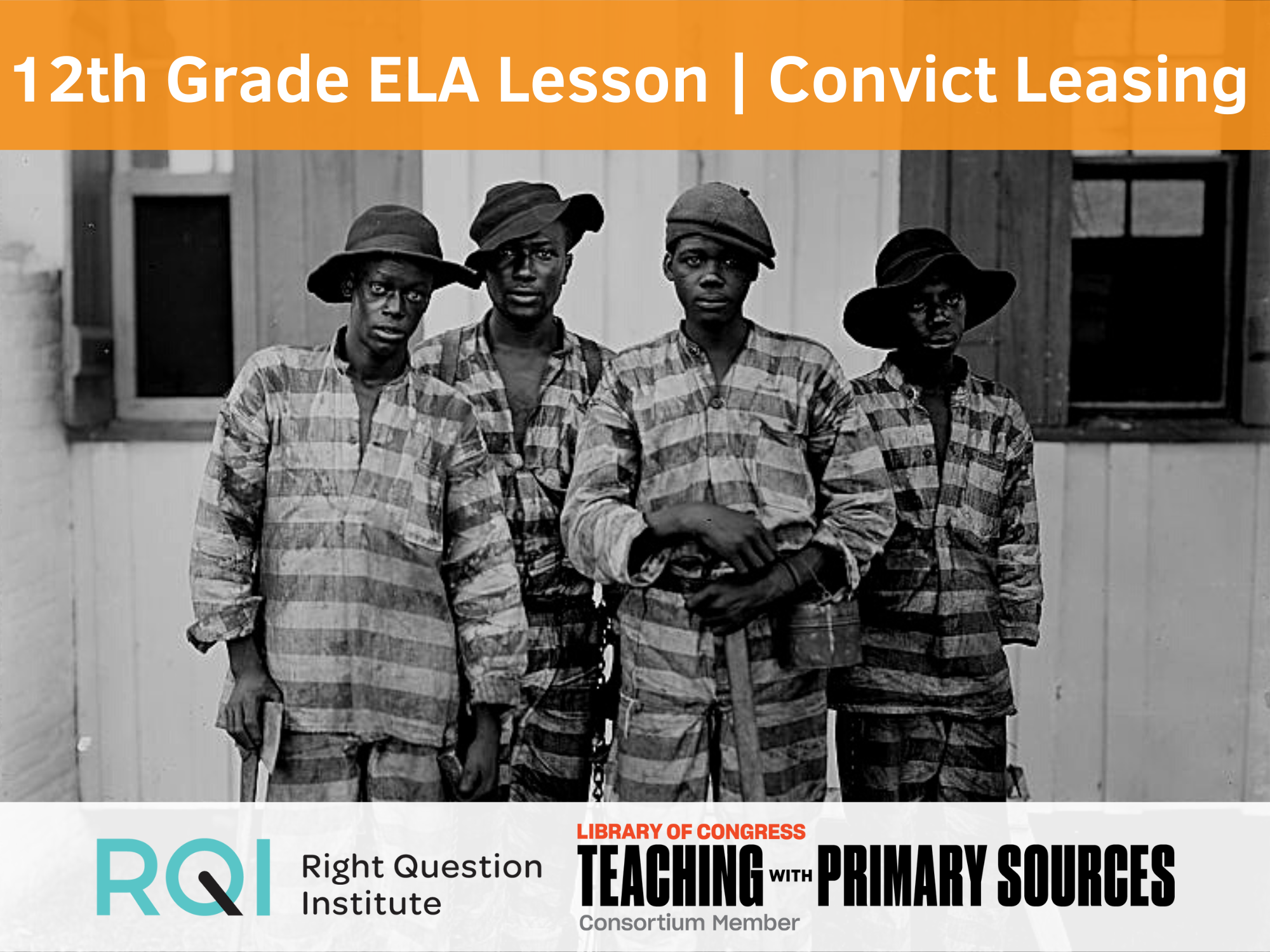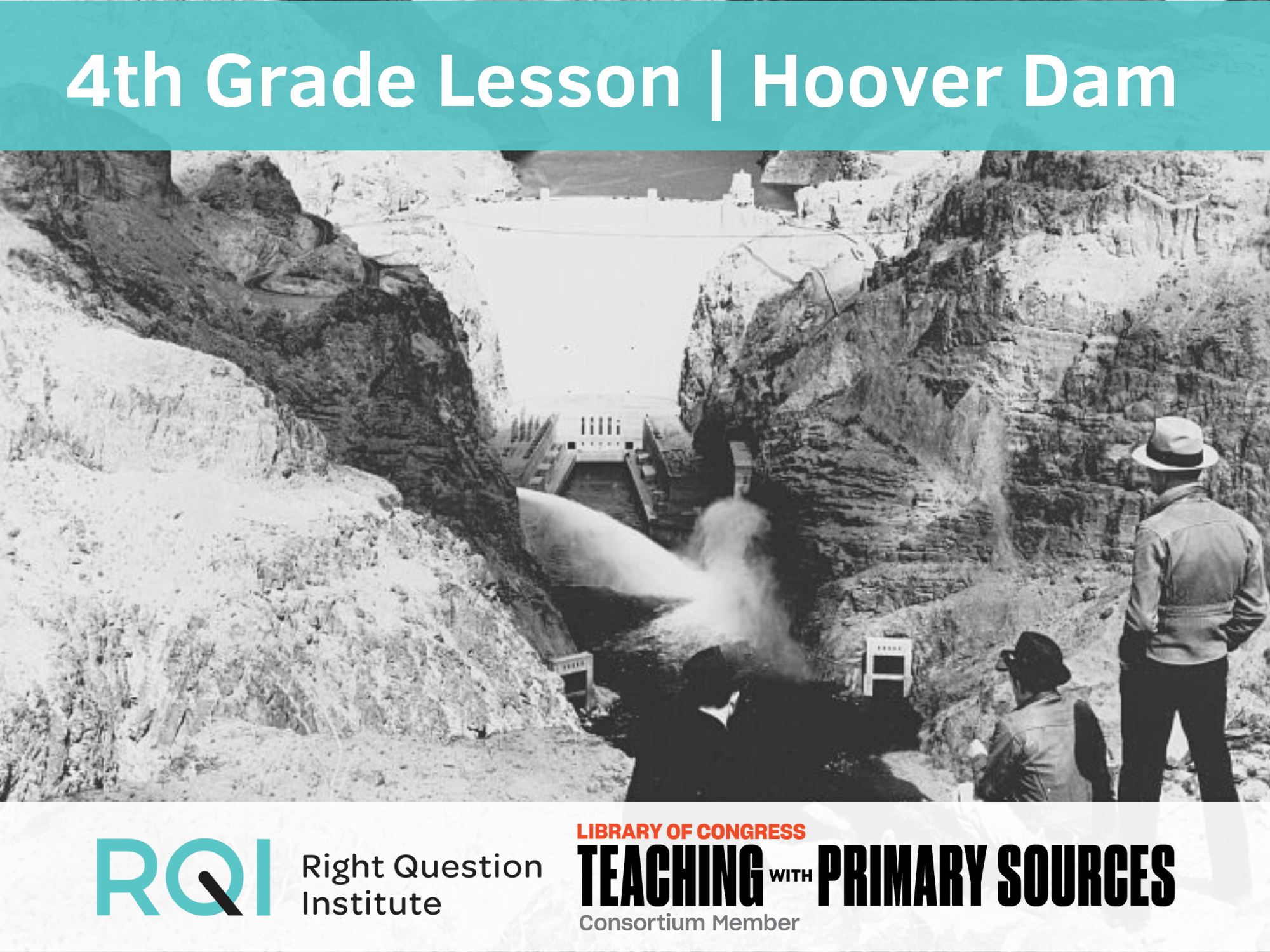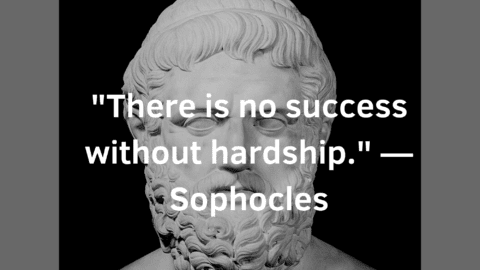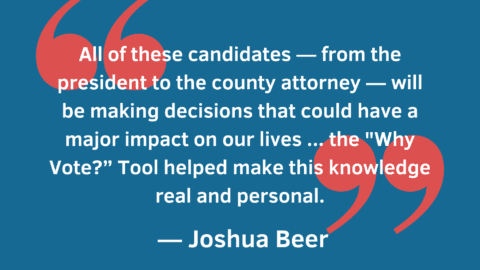In education, closed-ended questions are sometimes undervalued and underappreciated, but as librarian and author Connie Williams explains, closed-ended questions can build knowledge and open doors to promising research. They're also powerful tools for self-advocacy. In this post, Williams takes a closer look at the value of closed-ended questions.
Teaching + Learning
Educators and collaborators reflect on their innovative use of RQI's strategiesIn “the most rewarding first day in 30 years,” a calculus teacher presented students with some curious graphs, and students learned to “discuss mathematical information without any fear ” by using the Question Formulation Technique.
In this lesson snapshot, a 12th-grade AP English class discovers the dark history of convict leasing while reading Homegoing by Yaa Gyasi. Struggling at first to situate this often forgotten piece of history, students pause to examine a series of primary source photographs from the Library of Congress.
In this lesson snapshot, a fourth-grade class in Nevada explores the science and history behind the Hoover Dam through a primary source from the Library of Congress. Putting a virtual magnifying glass to a 1938 photograph, students want to know: "How do they build buildings in the water?"
Dan Fouts, who's taught government, U.S. history, and philosophy since 1993, explores the power of quotations to spark questioning and conversation.
Leading up to the 2020 election, a history teacher in New Hampshire used the “Why Vote?” Tool to spark a discussion about policy, governance, and voting. “I could start to see the light go on in their heads,” he said of his students.

